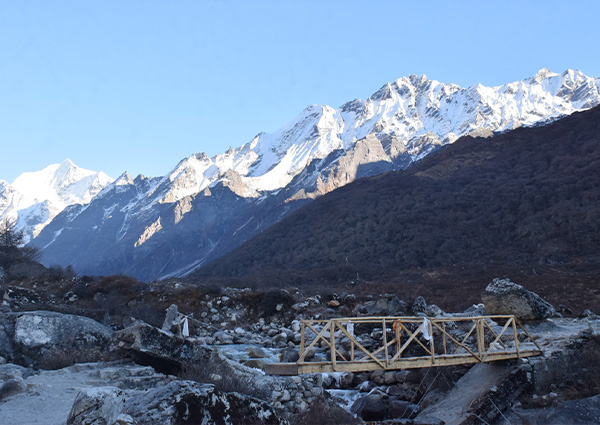The Langtang Valley Trek offers a captivating journey through diverse landscapes—beginning with lush subtropical forests, rising into high alpine meadows, and reaching the rugged, snow-covered terrain of the Himalayas. This scenic trail lies within Langtang National Park, Nepal’s first Himalayan national park and a haven for wildlife and natural beauty.
The park is home to a rich variety of flora and fauna, including the elusive red panda, Himalayan black bear, snow leopard, musk deer, gorals, tahrs, serows, wild dogs, and over 250 species of birds. As you ascend through the changing ecosystems, the trail offers an immersive experience into Nepal’s mountainous wilderness, accompanied by breathtaking views and encounters with traditional Tamang culture.




